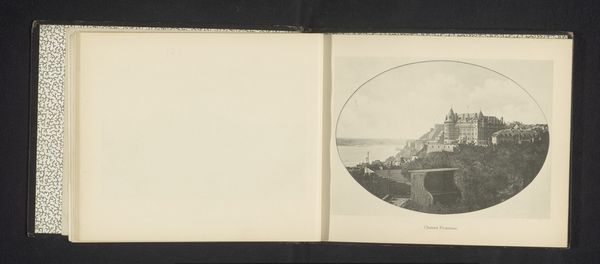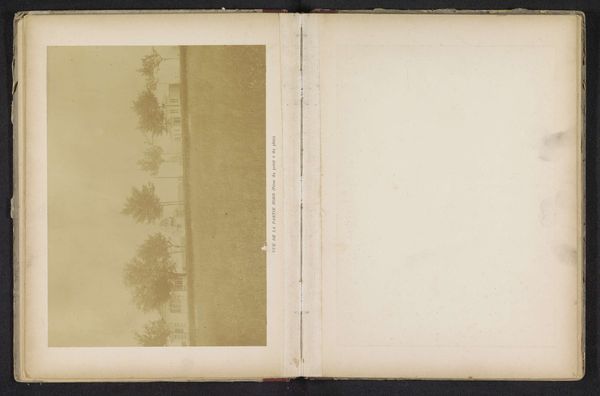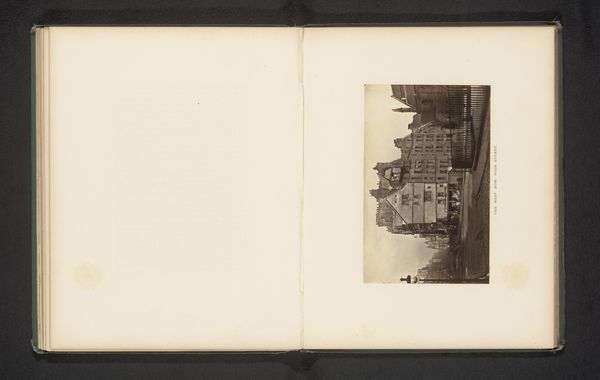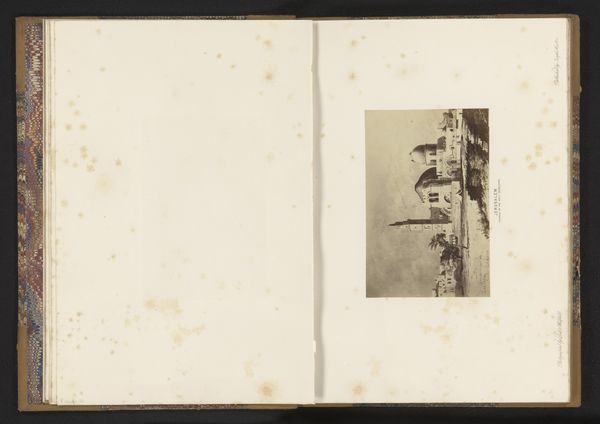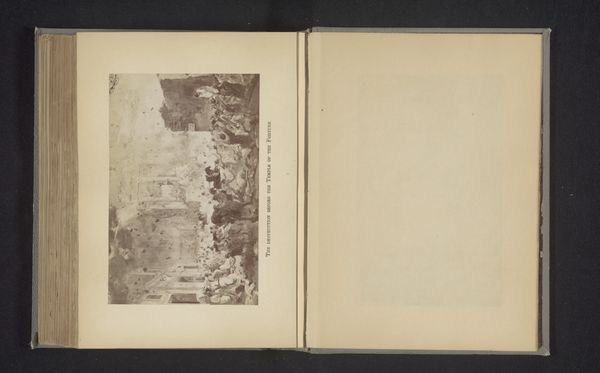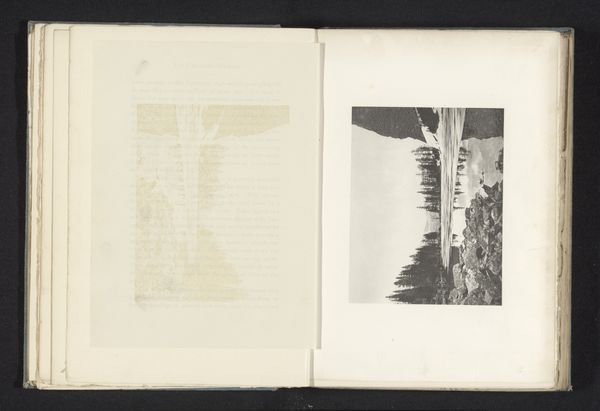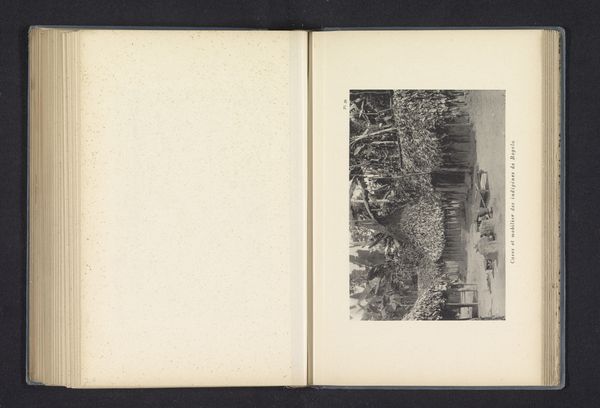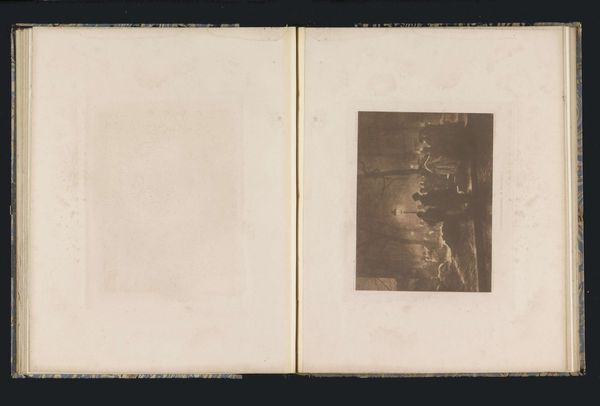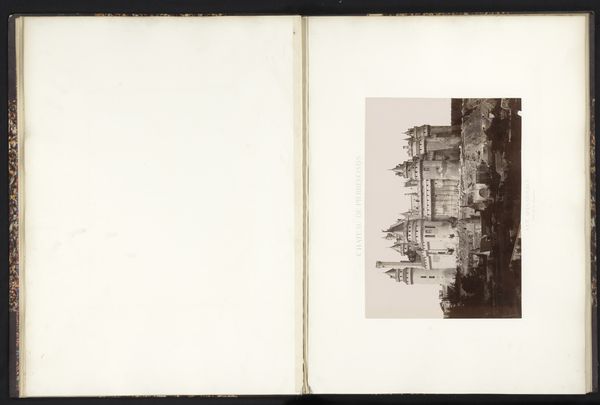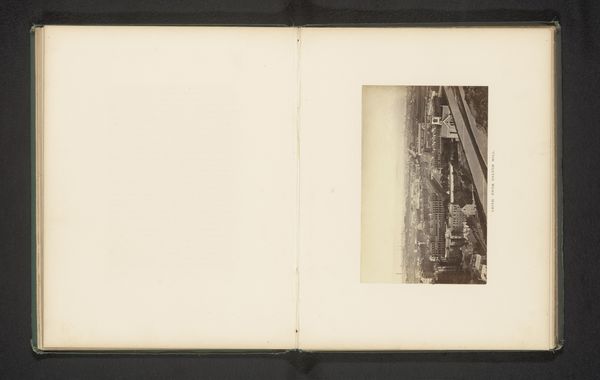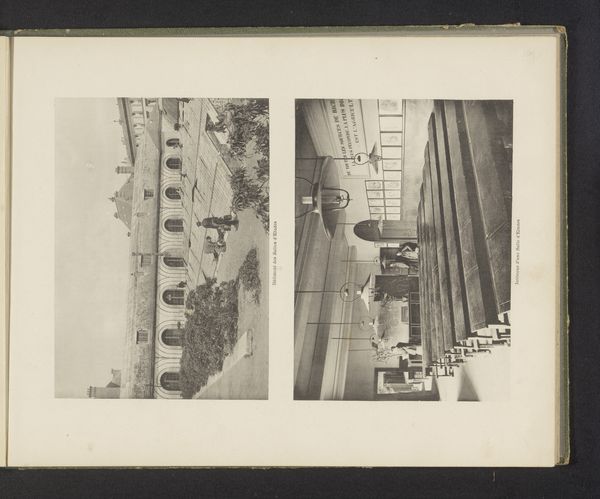
print, daguerreotype, photography
# print
#
daguerreotype
#
photography
#
orientalism
#
cityscape
Dimensions: height 84 mm, width 174 mm
Copyright: Rijks Museum: Open Domain
This stereoscopic card, presenting the Süleymaniye Mosque in Istanbul, was made by Charles Gaudin using photography, a relatively new technology at the time. The photographic process itself is crucial to understanding this image. Unlike a painting or drawing, photography seems to offer a direct, unmediated view of the world. Yet, it is important to remember that it is not objective. The photographer selects the viewpoint, framing, and exposure, all of which influence our perception. In the case of a stereoscopic image like this, the effect is heightened, creating an illusion of depth that was particularly popular in the 19th century. Consider the labor involved in producing this image. From the photographer capturing the scene to the technicians developing and printing the photograph, it represents a complex chain of production tied to the rise of mass media. This contrasts with the traditional craftsmanship involved in constructing the mosque itself, a building steeped in history and religious significance. By considering the materials, processes, and social context, we can appreciate this photograph as more than just a record of a place. It’s a window into the technological advancements and cultural exchanges of its time.
Comments
No comments
Be the first to comment and join the conversation on the ultimate creative platform.
